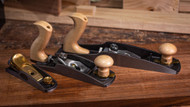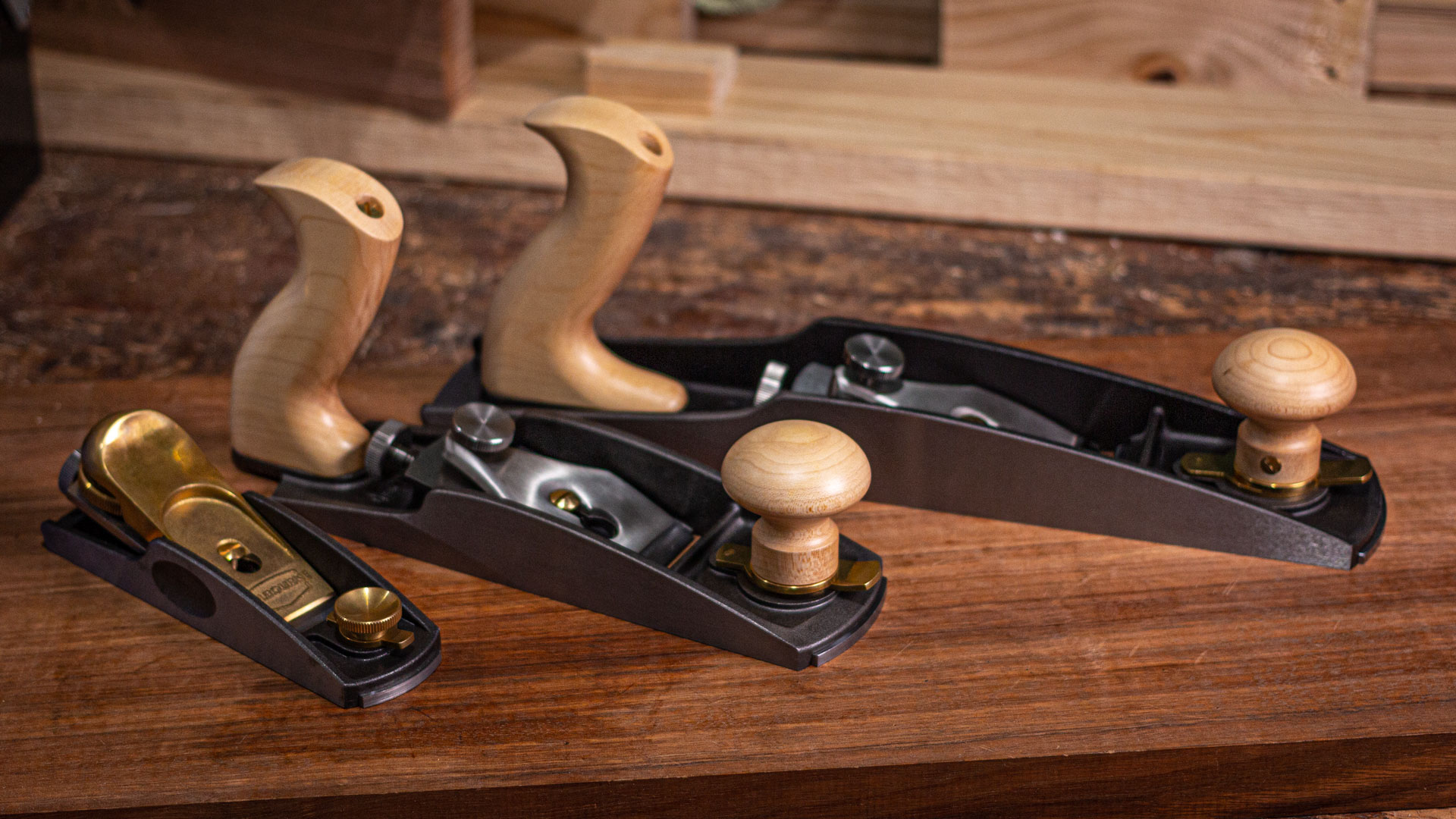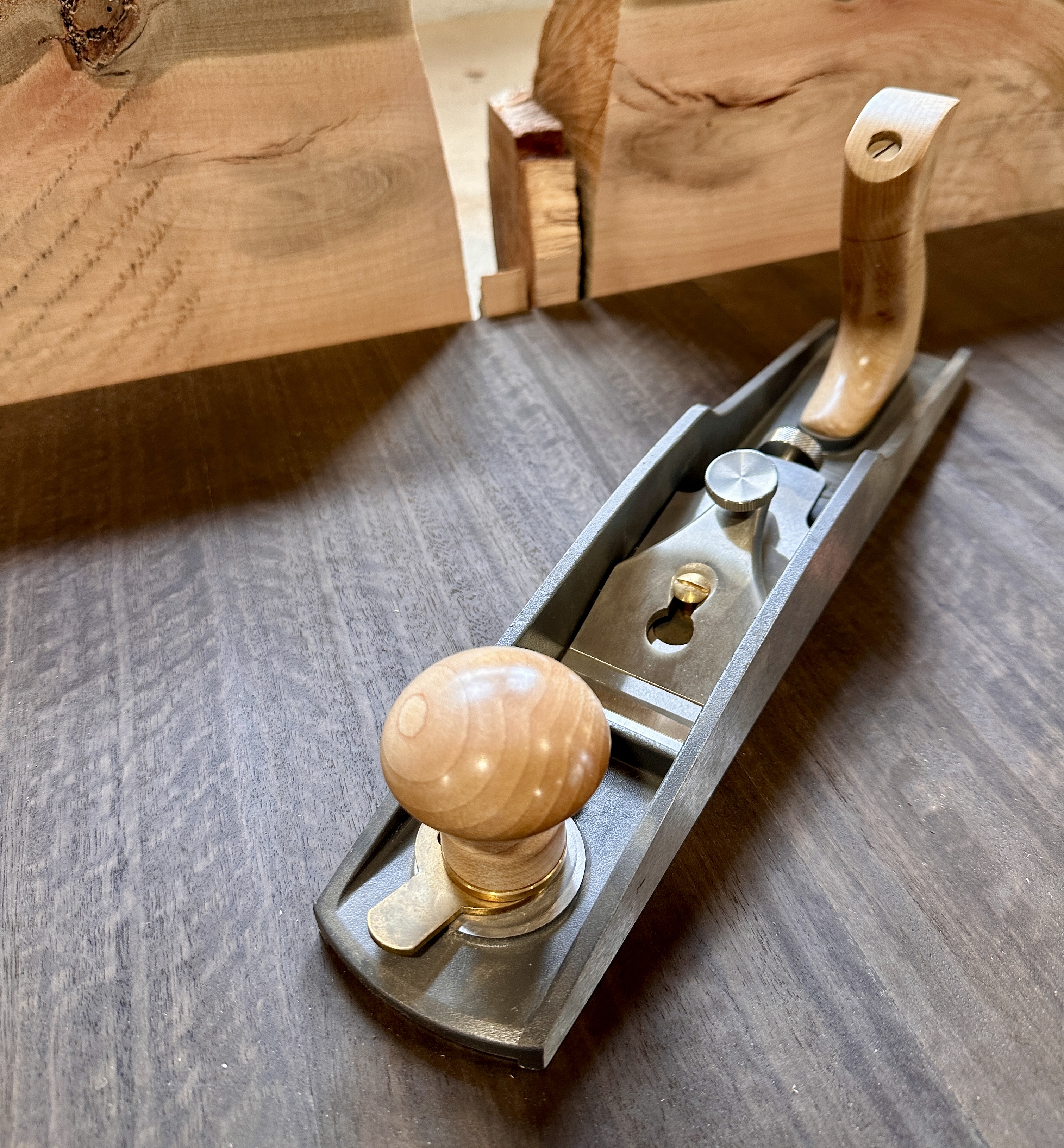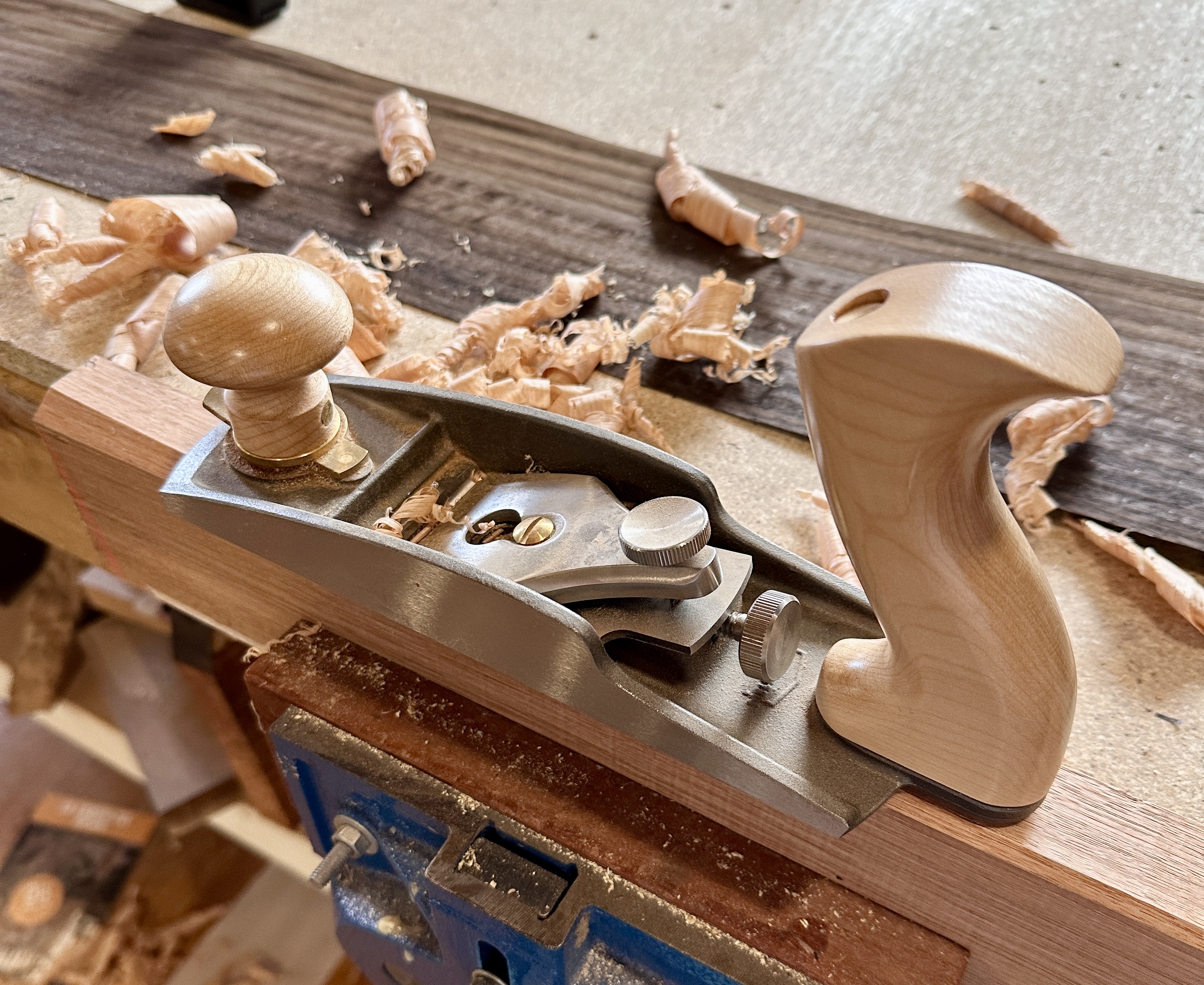Which Hand Planes Do You Need?
Posted by Vic Tesolin on 22nd Nov 2023
So, you want to woodwork using hand tools? What tools do you get first? And who do you go to for hand tool advice?
Back in the day you had a few books, woodworking schools, or a woodworking relative/friend/neighbour to talk to. Today, we have the overwhelming Internet! Between YouTube, Google searches, and social media, it can be near impossible to narrow it down. So that’s exactly why this topic is at the top of the priority list for MTC.
Which Hand Planes Do You Need?
This is one of the most confusing and important questions for a person who is new to hand tools. Ask yourself, which hand planes do I really need? Not want, need.
It’s confusing because there isn’t one universal list of tools to buy. Different types of woodworking require different tools. An individual making larger pieces of furniture is going to have a different set of tools compared to someone making smaller projects. Then there’s the question of “Are you planning to work with hand tools alone or would a hybrid approach be best?” Depending on how you answer this, you will need a different hand tool set. So, for the sake of this article, let’s assume, that you plan on working by hand alone.
The Jack Plane
To my mind, the most useful hand plane to buy is a low-angle jack plane. The reason for this is, as the name suggests, it’s a Jack of all trades.
This plane is the perfect length to do many tasks like:
- Flattening boards
- Truing edges
- Thicknessing boards
- Surface prep
We will be covering how to perform these tasks in future blogs and videos but for now, just know that the low-angle jack is an amazing tool that every woodworker can get use out of.
The Block Plane
The block plane is another tool that any woodworker with any set of tools can find useful. This tool is never far from my hand and gets used for all sorts of tasks like removing sharp corners, shaping round-overs or chamfers, and working trouble areas of reversing grain. The low-angle, 25° blade makes short work of trimming end grain. Its low angle of attack and super sharp blade slices through end grain like a hot knife through butter – a work horse in the shop.
The Jointer Plane
Once you have a jack plane and block plane, the next tool to get is a jointer plane. This is the longest of the bench planes and it makes short work of truing the edges of boards to glue pieces together. Its long length is ideal for making edges and surfaces super flat. The sole’s length will ride along the high spots of a surface while the blade reduces those high spots.
If you have a static machine jointer, then there is a good chance that you don’t need a jointer plane as well. But, if you are working on a piece of timber that is larger than the capacity of your jointer planner, then a jointing plane will come in handy.
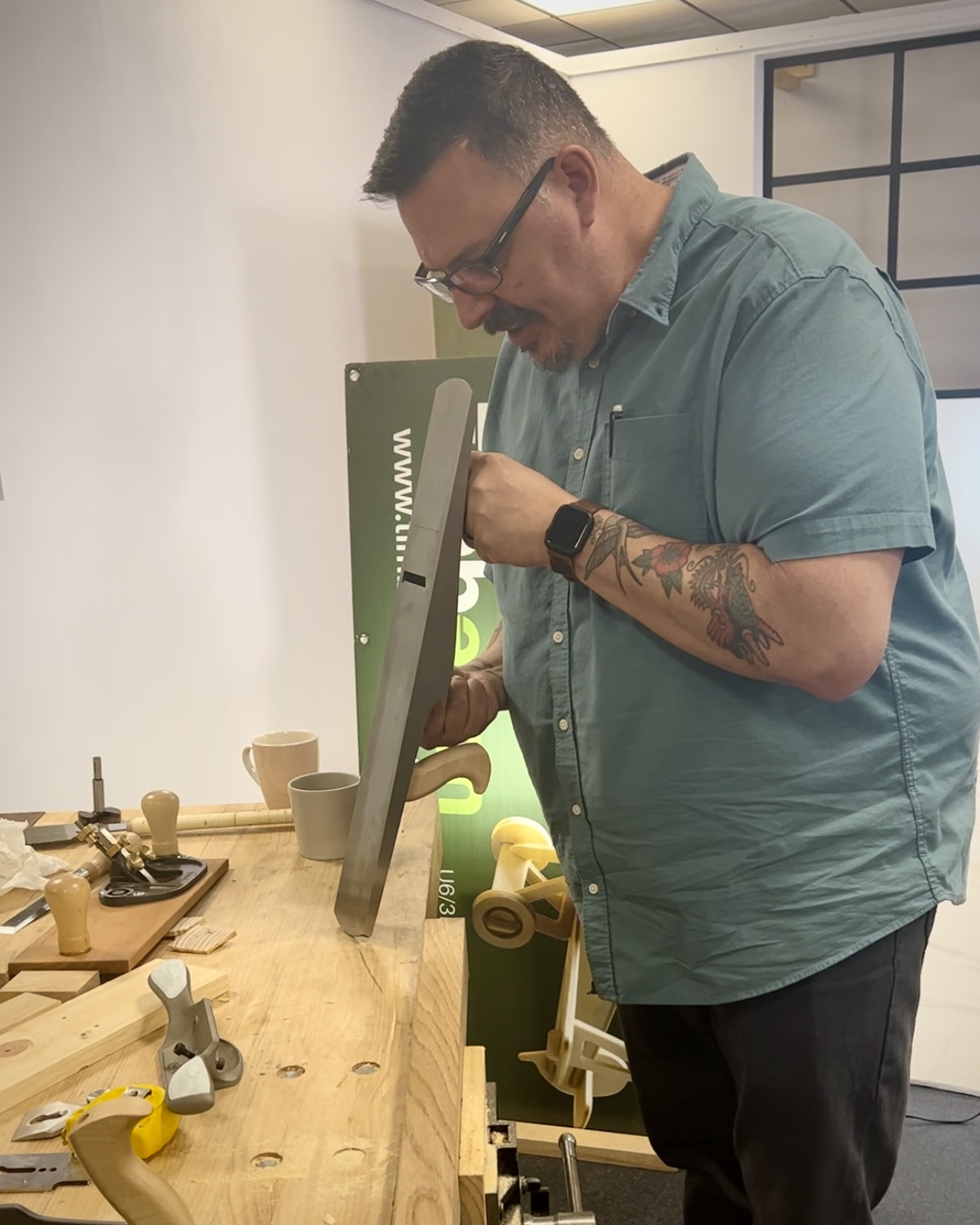
When I went to Melbourne this past summer, I spent some time at Timbecon and had the chance to check out a prototype of their upcoming Jointer Plane. It's awesome! As you can see, it's about the length of my torso, and I'm a 6'1" tall guy (185 cm for my metric mates). This tool is a great size and weight to work with, and I can't wait for it to officially join the MTC family.
The Smoothing Plane or Smoother
Think of the smoother like a 100-year-old random orbital sander. This tool’s primary job is to prepare the surfaces of your timber to receive the finish. Once your projects parts are broken out, the joinery is cut, and it’s ready to assemble, the smoothing plane can clean up the surfaces. It will remove pencil marks, random dirt, and other surface blemishes that you need gone before the finish starts to flow. This plane is normally set up to take a super-fine shaving, as you don’t want to change the dimensions of the parts, you just want them to shine. As great as machines can be, nothing beats the lustrous surface a smoother can leave behind.
With so many options available out there, it can be difficult to separate the needs from the wants. It's important to spend some time thinking before you hit the buy button. Hopefully this article helps guide your next purchase so you don't waste your hard earned money.

